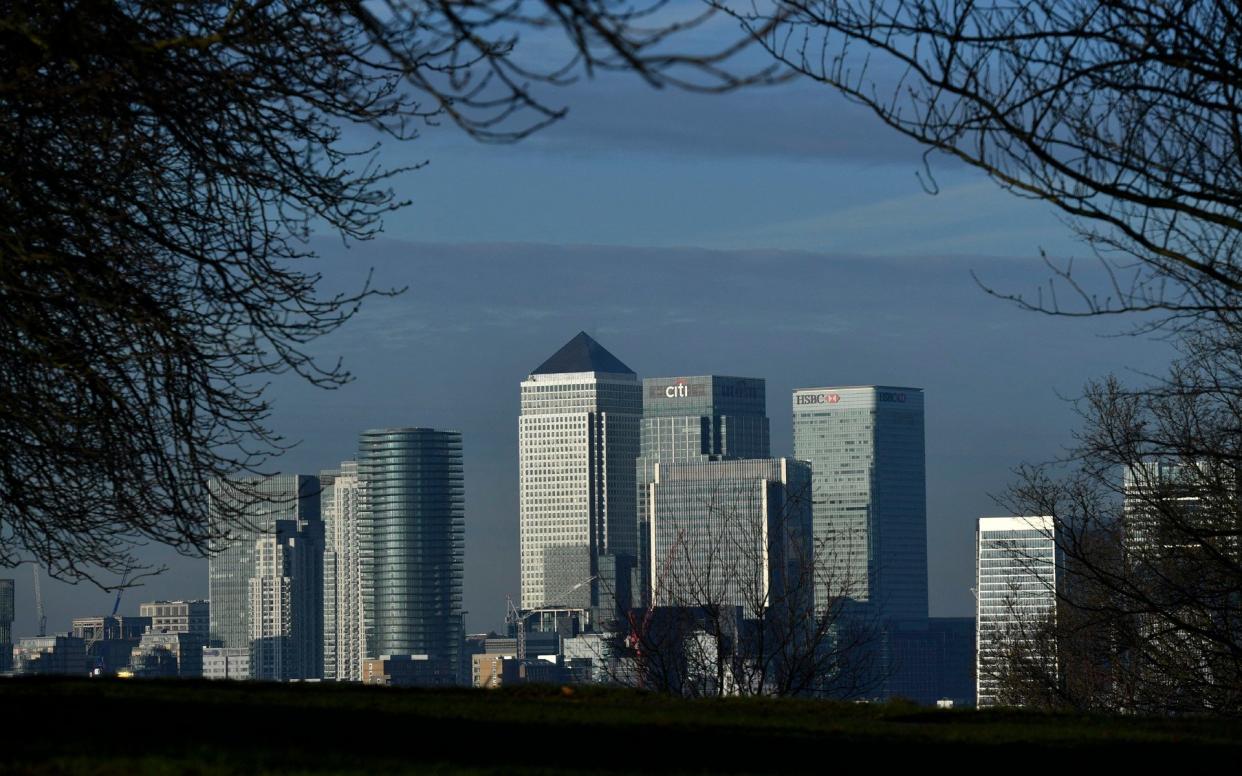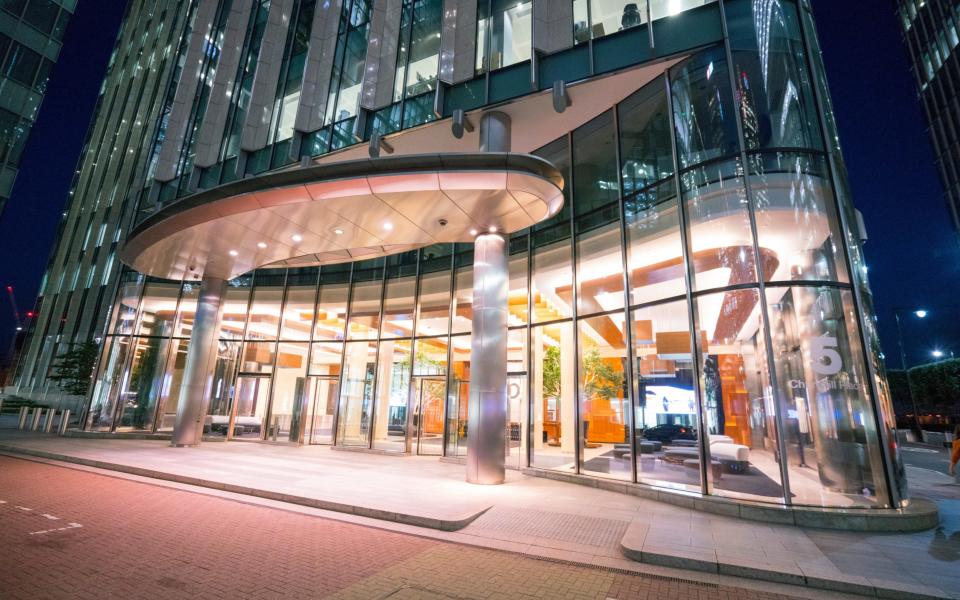Banks are bailing out of soulless Canary Wharf – and who can blame them?

Poor Canary Wharf. As a group of bank bosses based in the heart of the City declare that they’re upsizing and moving to bigger offices down the road, they’re quick to stress that Canary Wharf was never a consideration.
Why would anyone want to work there, they argued, while drinking white wine and eating lobster from their top-floor meeting room.
They have a point. Although Canary Wharf completely transformed what was once a wasteland in east London, becoming a symbol of Margaret Thatcher’s free-market revolution and a byword for finance, the high-rise financial district is now looking outdated.
It lacks all the things that London is famous for, the history and culture, and post-pandemic these are increasingly the assets that pull people in.
Expats who live in the Wharf, which got its name from the quay where fruit and vegetables from the Canary Islands were once offloaded, complain about feeling like they could be in any large North American city.
Some say it’s lonely. “Nobody will talk to each other in those towers,” a resident writes on Reddit.
These complaints existed before the pandemic but matter even more now.
People able to work flexibly are less likely to put up with inconvenient journeys to bland places. The Elizabeth line has significantly improved the commute for many, but it’s not quite enough.
Urban areas now need to be more attractive than ever.
City bankers would rather be drinking with colleagues in an old-school boozer on a cobbled street than in a soulless bar in a brightly lit shopping mall.
Businesses are flocking to more appealing neighbourhoods. It’s a trend seen across Europe, with data from Bloomberg last year highlighting how high-rise financial districts have been hit hard by the pandemic while upmarket historic areas, like London’s Mayfair and Paris’s seventh arrondissement, are booming.
It might be time for more banks to leave Canary Wharf so that the area can become something else, transforming in the way the once-derelict Kings Cross has.

With fewer suits and less focus on financial services, it could find a way to make itself feel less isolated from the rest of London. Now it takes just 18 minutes to get from Canary Wharf to Paddington, there’s no reason it should feel so separate.
The high-profile list of big-name exits suggests that a decision has already been made.
HSBC is ditching its 45-story skyscraper, nicknamed the “tower of doom” by staff, once its lease runs out in 2027.
Magic Circle law firm Clifford Chance plans to head off a year later, following rival law firm Skadden’s decision in 2021 to swap Canary Wharf for London’s historic Square Mile.
Ratings agency Moody’s is also considering its future in the district, while collapsed lender Credit Suisse is leaving after its integration into UBS, which is also based in the City.
Many staff will be delighted to work more centrally.
A JP Morgan banker who relocated from Canary Wharf to Paris in 2021 told financial website eFinancialCareers that the biggest win was the location.
Instead of being isolated in a Canary Wharf finance bubble with other lawyers and bankers, he was now in the US bank’s Paris hub within walking distance of places like the Jardin du Palais Royal.
The desire for flashy tower blocks in out-of-the-way areas has largely disappeared.
The City of London is in the middle of its own PR project dubbed “destination City”, as it tries to draw people in.
However, the shift has left Canary Wharf with a lot of empty space.

Banks choosing to stay are reducing their presence by subletting floors. Last month, Blackstone shelved plans to sell a £250m tower in Canary Wharf while a nearby office once occupied by a casualty of the 2008 banking crisis recently sold at a £160m discount.
Those at the big institutions sticking it out in the district argue that the economies of scale leave them with little alternative.
With thousands of staff and no working from home allowed, it’s not so easy to swap a Canary Wharf skyscraper for a historic building in the City.
“The office is bursting at the seams, the canteen queues have never been longer,” says a Canary Wharf-based executive.
Besides, he adds, it isn’t all bad. The bars are much better and, with plenty of do, people are even choosing to visit on weekends.
Many financial giants will of course stay, but either way, the Canary Wharf Group (CWG) is rightly readying itself for a reinvention.
Just over half of the businesses based in Canary Wharf are now in the finance sector, down from 70pc around a decade ago. The group has already laid out plans to convert some buildings into lab space and turn itself into a life sciences hub.
For years it has also been pitching itself to potential residents as a fun place to live with everything nearby.
“We’re becoming a 15-minute city – live, work, start your small business [here],” CWG’s former head of strategy Howard Dawber told me during the pandemic, before he became London’s deputy mayor for business.
There’s no reason Canary Wharf can’t become a destination in its own right, like Kings Cross. But as long as it’s viewed as a characterless place made for bankers, it will be too divided from the rest of London and will struggle to move forward.
More banks will go, but that might not be such a bad thing after all.
